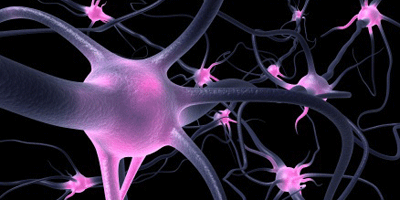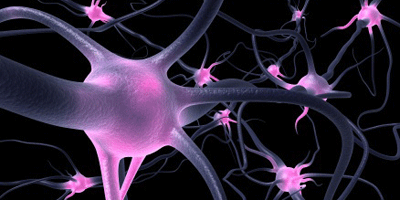Telling Left From Right
One way that animals, including humans, locate a sound source is by detecting slight differences in the arrival times of sound waves to the left and right ears. Animal auditory systems are capable of detecting interaural time differences of less than microseconds, even though individual neurons respond on the relatively sluggish time scale of milliseconds.
Neurons are often modeled as electrical circuits, so understanding the timing sensitivity of the auditory system is analogous to designing a detector that operates faster than any of its components. Now, writing in Physical Review Letters, Viacheslav Vasilkov at Southern Federal University in Russia and Ruben Tikidji-Hamburyan at Louisiana State University, New Orleans, present a computational model to test the hypothesis that interaural sensitivity could be related to so-called neurons, found in the mid-brain section of the auditory system.
A long-standing model for interaural detection assumes neurons act as coincidence detectors, responding most strongly when signals from both ears arrive at the same time. In this picture, nerve fibers act as delay lines for certain cells, meaning these cells will respond only when a signal from one ear is sent earlier than the other.
Vasilkov and Tikidji-Hamburyan instead model the interaural detection system as a population of more than cells, each of which receives excitation signals from one ear and inhibition signals from the other. In the authors’ model, the maximum membrane potential of any one cell depends on the time difference between the excitation and inhibition signal; thus different neurons reach threshold and start firing for different stimuli. A heterogeneous mixture of these cells, which combines the thousands of thresholds of individual cells, can, according to the authors, detect interaural timing differences with microsecond accuracy. – Jessica Thomas





